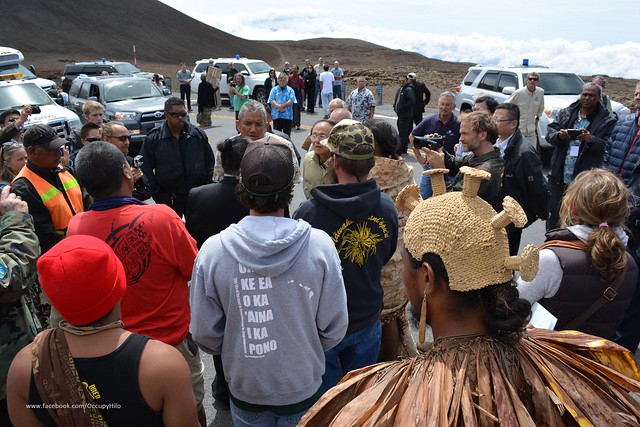
On the island of Hawaii, the Thirty Meter Telescope (TMT) set to be built atop dormant volcano Mauna Kea has been the subject of an ongoing controversy. The mountain was first designated as an ideal location for the $1.4 billion telescope in 2009, with construction beginning in 2014. However, legal troubles halted further development, resulting in a hiatus until July of this year. But when the day arrived for construction to resume, protestors restricted entry to Mauna Kea’s access road. They have been preventing construction from continuing, but have since allowed astronomers back in.
Objections to the observatories on Mauna Kea are not new; in fact, they go as far back as the 1960s, when the first was built; currently, there are thirteen telescopes on the site.
What importance does Mauna Kea have to scientists? First, it meets the climate and elevation requirements to situate an observatory. Second, TMT will be a highly advanced telescope, enabling astronomers to conduct more detailed astronomical research. It is also projected to be the largest of its kind in the Northern Hemisphere. But why has there been opposition to building it on the mountain?
The controversy lies in the fact that Mauna Kea holds spiritual significance: it is regarded as a sacred place by many native Hawaiians, who have argued that the telescope is a desecration of the mountain. Furthermore, there have been concerns about environmental impact, with some claiming TMT will harm the mountain’s ecosystem. However, advocates for TMT have insisted they are committed to protecting the area as well as benefiting the community. Head of the Thirty Meter Telescope International Observatory board Henry Yang said “We are deeply committed to integrating science and culture on Maunakea and in Hawai’i, and to enriching educational opportunities and the local economy.”
Hawaii’s Supreme Court has determined that TMT does not violate any laws, but construction has remained on hold, as an agreement between protestors and officials has yet to be reached. A backup plan does exist that would have the telescope built on the Canary Islands of Spain, but researchers still have their eyes set on Mauna Kea.
Although several of them have been arrested, the protestors remain steadfast. One, Kaho’okahi Kanuha, declared “We are taking a stand not only to protect our mauna and aina, our land, who we have a genealogical connection to. We are fighting to protect it because we know if we cannot stop this, there is not very much we can fight for or protect. This is our last stand.”





